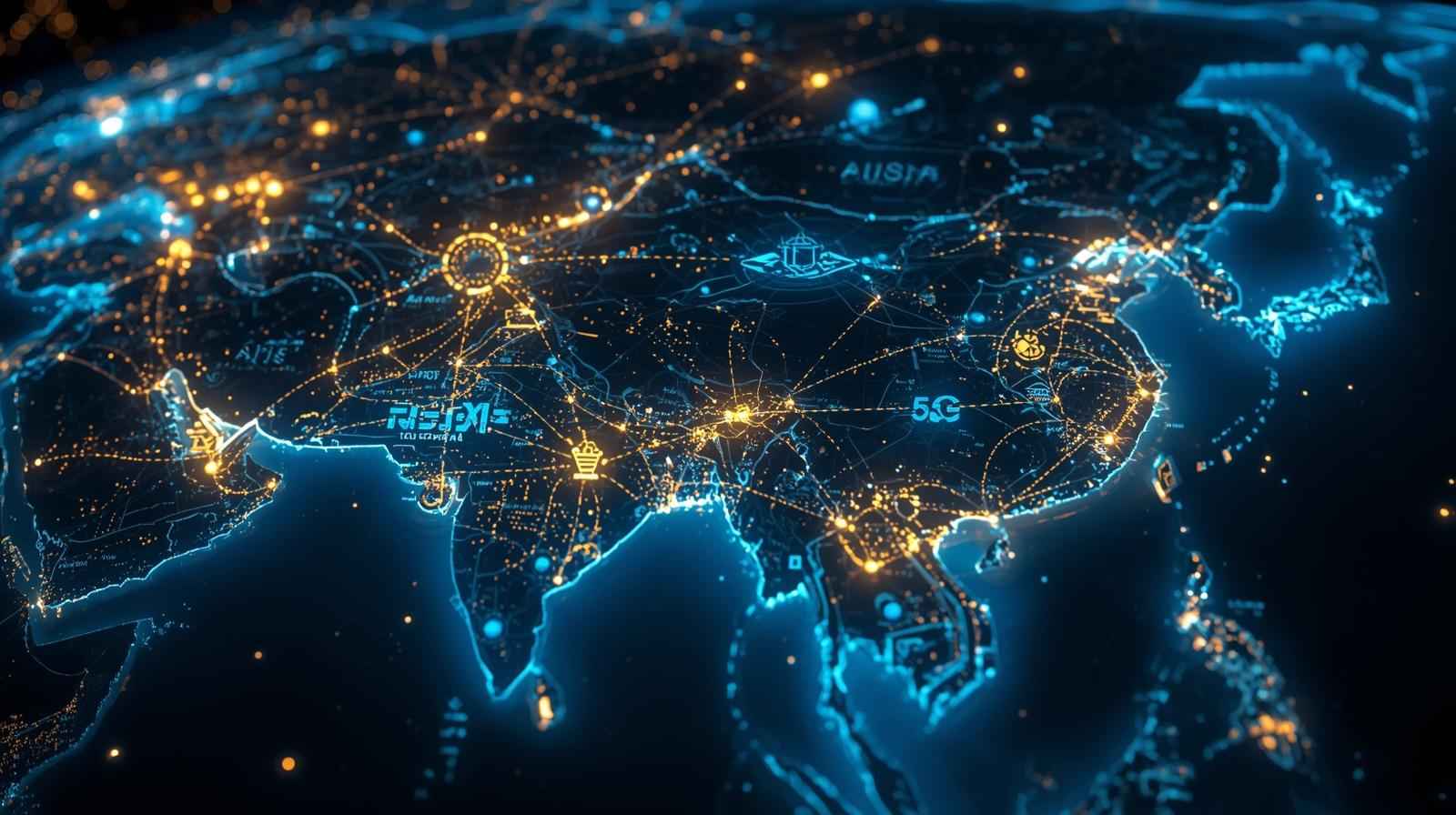ftasiaeconomy Technological News: How Asia’s Digital Powerhouse Is Reshaping the Global Economy
If you’ve been paying attention to global innovation lately, you’ve probably noticed something fascinating , Asia isn’t just following the digital revolution; it’s steering it. From AI-driven banking systems in Singapore to massive 5G deployments across China and South Korea, the region has quietly evolved into the heartbeat of global technological progress. The stories coming out of ftasiaeconomy technological news reflect more than daily updates , they capture the momentum of a continent rewriting the rules of modern economics.
I still remember the first time I stumbled upon the term “ftasiaeconomy.” At first, it sounded like a niche industry term buried in financial reports. But the more I explored, the more I realized it’s far bigger than that. It represents the intersection of finance, technology, and innovation , where Asia’s digital evolution becomes the engine of its economic strength.
In this article, I’ll unpack what ftasiaeconomy technological news truly means, why it’s capturing global attention, and how it’s transforming industries across borders. From artificial intelligence to green technology, blockchain to 5G, this isn’t just about tech , it’s about how technology is defining the very structure of Asia’s economy.
By the end, you’ll understand how Asia has become the epicenter of digital transformation and what lessons the rest of the world can learn from its progress. So, let’s dive in.
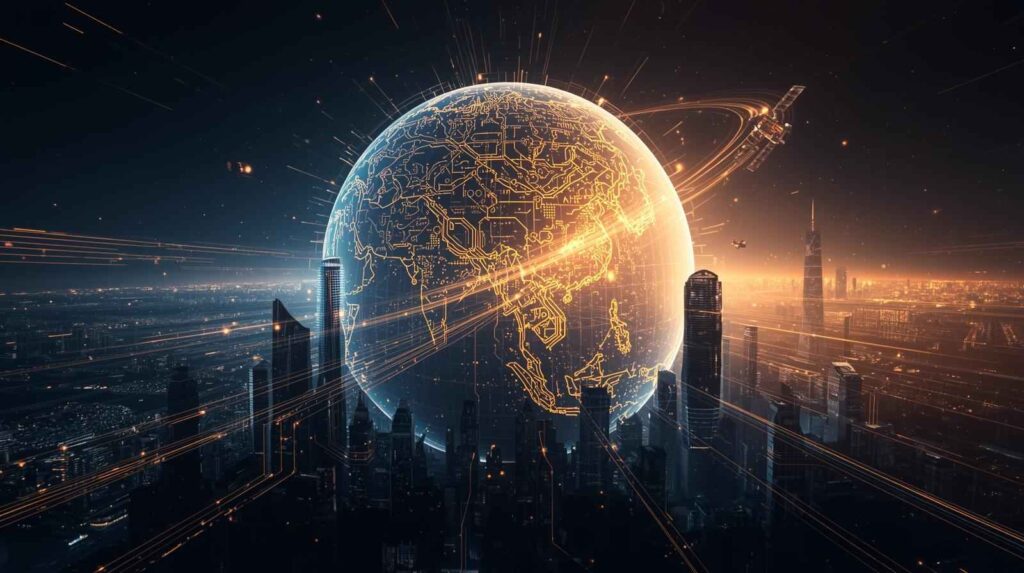
What Is ftasiaeconomy Technological News?
The term ftasiaeconomy technological news refers to updates, analyses, and insights that focus on Asia’s economic transformation through technology. It’s where innovation meets finance, and policy meets progress. Think of it as a lens through which we understand how countries like China, India, Japan, and South Korea are using digital innovation to fuel sustained growth.
Unlike general tech news, this category dives deeper into the economic dimension of technology , examining how AI, IoT, blockchain, and sustainability aren’t just tools but core components of growth strategies.
Asia’s advantage is its unique combination of scale, population, and ambition. With billions of connected consumers and a growing middle class, technology adoption here isn’t slow or cautious , it’s exponential. Governments are aligning policies, industries are innovating faster, and consumers are driving demand for smarter, more efficient solutions.
That’s what makes ftasiaeconomy technological news not just relevant, but essential , it chronicles the rise of a new kind of economy, where technology isn’t a sector; it’s the system itself.
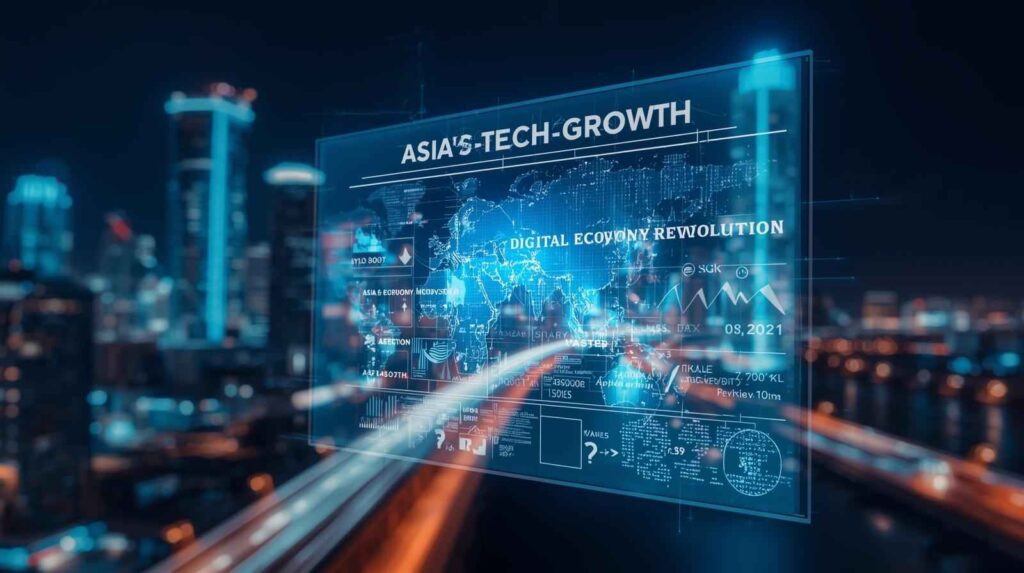
Artificial Intelligence and Machine Learning: Asia’s Smart Core
Artificial intelligence (AI) is the backbone of Asia’s technological transformation. Across industries, it’s optimizing operations, predicting trends, and enabling smarter decisions.
In China, AI is integrated into nearly every major industry , from facial recognition and logistics to autonomous vehicles. Baidu, Alibaba, and Tencent are collectively investing billions into AI research and deployment. Meanwhile, India’s startups are using machine learning to revolutionize fintech, healthcare, and agriculture.
For instance, Indian agritech firms are using predictive AI models to advise farmers on crop yields and climate impact, directly increasing productivity and reducing waste. Japan’s AI in robotics has made its manufacturing one of the most efficient in the world.
The beauty of AI in Asia is how practical it is. Instead of abstract research projects, AI here directly solves problems , improving healthcare diagnostics, optimizing urban traffic systems, and powering the next wave of personalized e-commerce.
In essence, AI is not just a tool , it’s the “thinking heart” of the ftasiaeconomy.
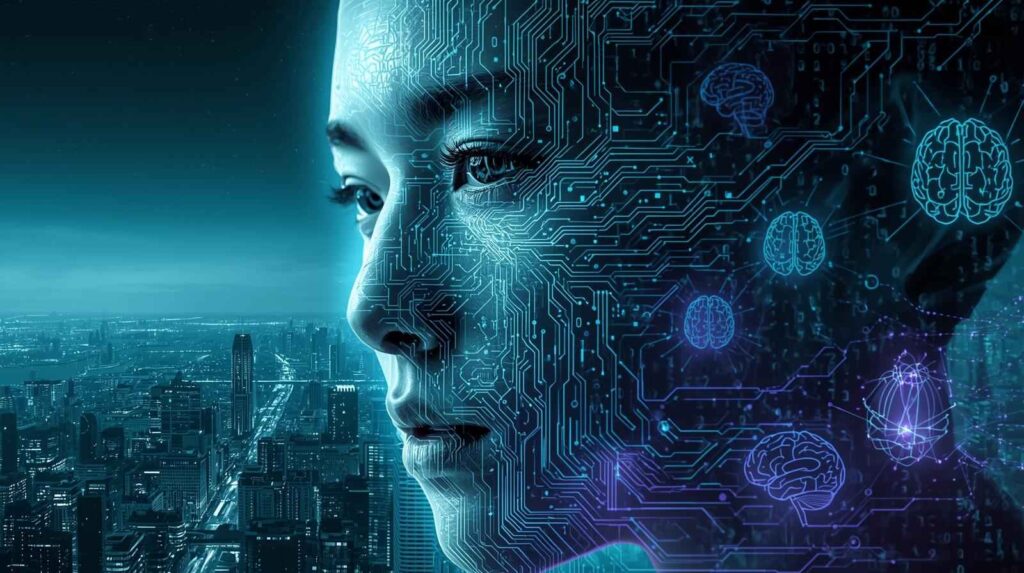
Blockchain and Fintech: Redefining Trust in the Digital Era
If AI is the brain, blockchain is the backbone of Asia’s digital shift. It has turned abstract financial systems into transparent, trustless ecosystems that thrive on efficiency.
Singapore, Hong Kong, and Seoul are now considered fintech capitals of the East. They’re actively building infrastructure for decentralized finance (DeFi), digital currencies, and tokenized assets. China, meanwhile, has launched its Digital Yuan, the world’s first state-backed digital currency , a major milestone in fintech innovation.
Blockchain isn’t limited to cryptocurrencies. It’s changing the game in logistics, identity management, and healthcare data security. India’s blockchain-based land record system, for example, ensures property transparency and reduces corruption , a breakthrough for governance.
The reason blockchain thrives in Asia is simple: trust, speed, and scale. With billions of digital users engaging in cross-border trade and payments, decentralized systems make transactions more secure and efficient.
This movement is transforming how money moves , and more importantly, how value is defined.

5G, IoT, and Smart Infrastructure: The Digital Arteries of Asia
Every modern economy runs on infrastructure , and in Asia, that infrastructure is digital. The rollout of 5G and the proliferation of Internet of Things (IoT) devices are creating a seamless, hyperconnected ecosystem.
China leads the world in 5G deployment, with over 3 million base stations already active. South Korea’s smart cities use IoT sensors to manage energy, waste, and traffic systems in real time. Singapore’s Smart Nation initiative integrates AI and IoT to monitor everything from air quality to water management.
Picture this: A smart grid that reroutes electricity dynamically to prevent blackouts. Autonomous buses adjusting routes in response to live data. Factories communicating directly with logistics hubs. That’s not science fiction , that’s Asia’s daily reality.
This connectivity fuels innovation , powering autonomous vehicles, virtual healthcare, remote education, and sustainable urban living. ftasiaeconomy technological news often showcases these projects as case studies of digital infrastructure done right.
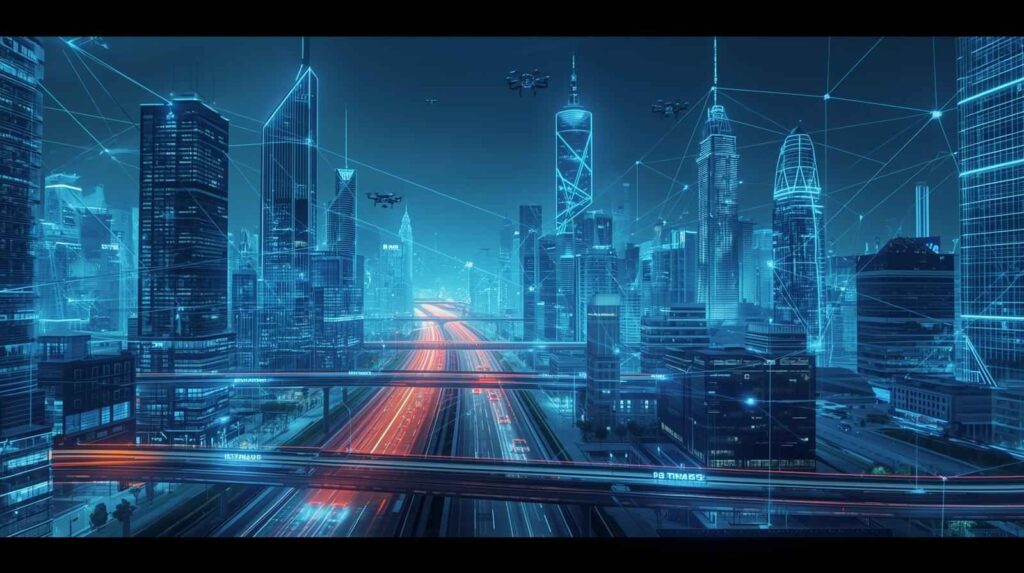
Green Technology and Sustainable Innovation
Asia’s transformation isn’t just about speed , it’s about sustainability. The region has realized that technology and environmental responsibility can (and must) go hand in hand.
China and Japan have taken leading roles in green innovation. China is the world’s largest investor in renewable energy and electric vehicles, while Japan is advancing hydrogen-based energy solutions. South Korea’s Green New Deal aims to achieve carbon neutrality through smart infrastructure and digital manufacturing.
Even developing economies like Indonesia and Vietnam are using technology to monitor deforestation, manage energy use, and develop eco-friendly supply chains.
Green tech isn’t a PR strategy , it’s an economic one. It creates jobs, attracts investors, and strengthens resilience against future crises. The integration of sustainability with digital growth defines a new model of progress , one that’s smart and sustainable.
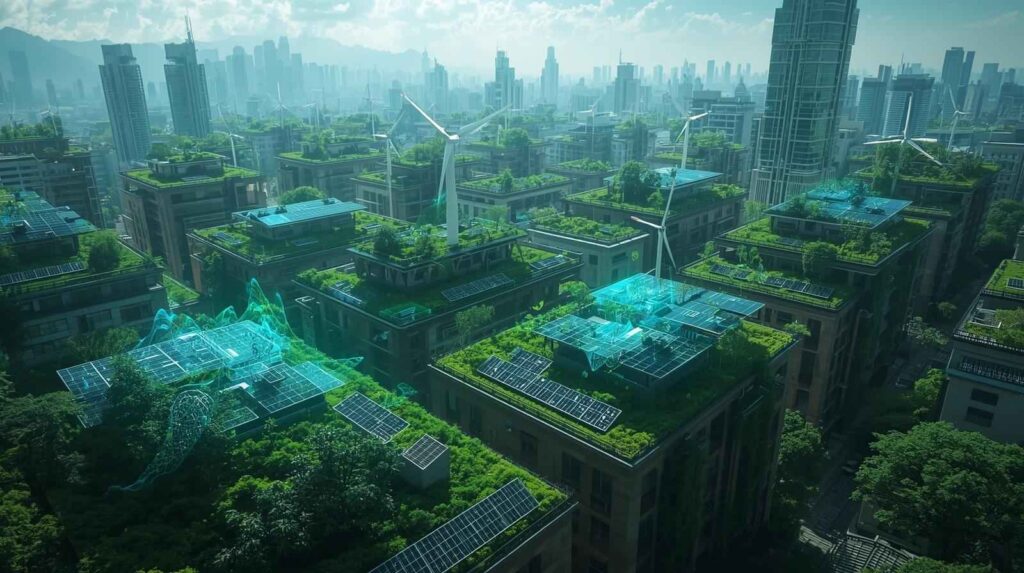
The Sectoral Impact: How Technology Shapes Asia’s Growth
Finance and Banking
Fintech adoption has exploded across Asia. AI-driven credit analysis, blockchain-based transactions, and mobile-first payment systems are driving inclusion. In places like the Philippines and India, millions now access digital banking for the first time.
Manufacturing and Supply Chain
Smart factories in Taiwan and Japan use IoT sensors and AI-driven robotics to enhance productivity. Predictive maintenance reduces downtime, while 3D printing and automation are redefining manufacturing efficiency.
E-Commerce and Consumer Tech
Asia’s super apps like Grab, Shopee, and WeChat Pay dominate digital commerce. These platforms seamlessly merge payments, entertainment, logistics, and communication , something Western tech giants are still trying to replicate.
Healthcare and Education
AI diagnostics, wearable health devices, and telemedicine platforms have transformed healthcare delivery. Meanwhile, e-learning solutions like Byju’s and ClassIn are making quality education accessible to millions across remote regions.
Technology isn’t just supporting these industries , it’s becoming the foundation upon which they operate.
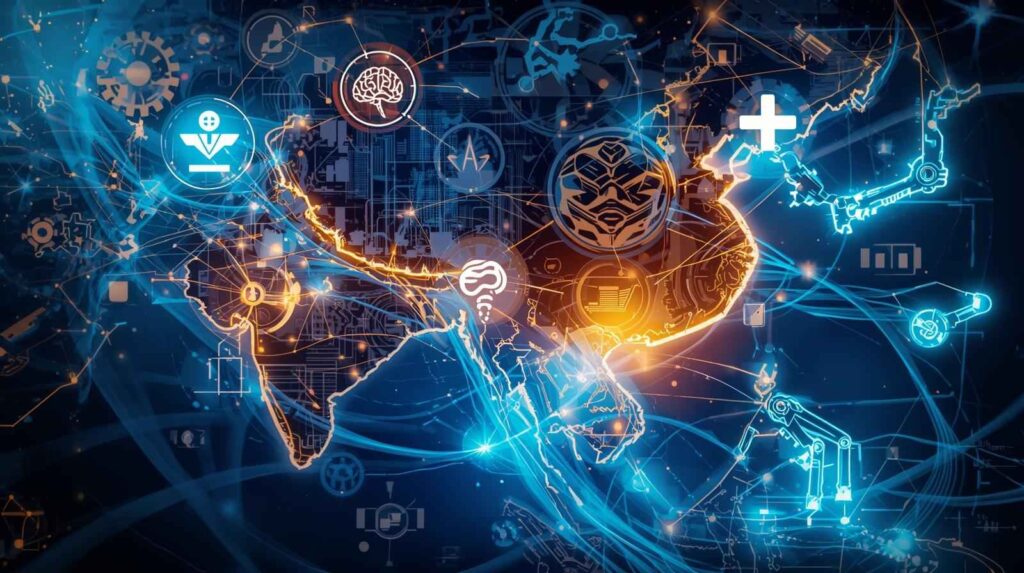
Regional Highlights
China: Innovation at Scale
China’s pace is unmatched. From AI and quantum computing to renewable energy and space tech, it’s building a future that merges technology with national strategy. Despite challenges like trade restrictions, it continues to innovate relentlessly.
India: The Digital Democratizer
India’s focus on inclusivity has made it a model for digital transformation. Initiatives like UPI and Aadhar show how tech can empower billions. Startups in fintech, health-tech, and ed-tech are now attracting global investors.
Japan and South Korea: Precision and Perfection
These nations focus on precision-driven technologies , robotics, automation, and semiconductors. Their expertise forms the invisible backbone of the world’s digital devices.
Southeast Asia: The Emerging Frontier
Countries like Singapore, Indonesia, and Vietnam are creating ecosystems that blend innovation, policy, and entrepreneurship. Their youthful populations and vibrant startup cultures make them Asia’s next big digital hubs.
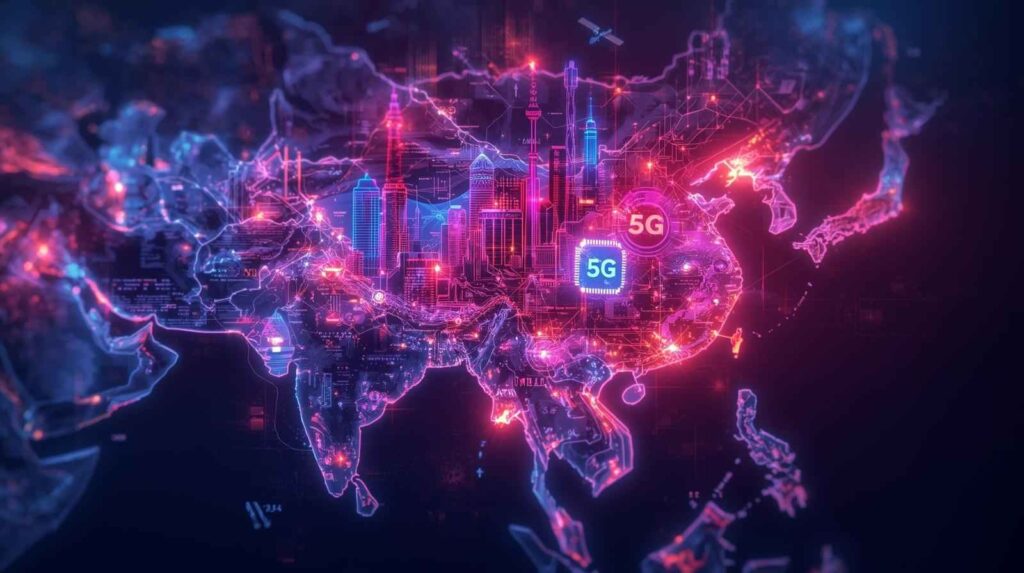
Global Implications of Asia’s Technological Rise
Asia’s digital evolution isn’t isolated , it’s reshaping the global economy. Western companies now look to Asia for innovation models. Supply chains are being reorganized around Asian tech infrastructure.
For investors, this shift represents a massive opportunity zone , from AI research in China to green infrastructure in Singapore. For governments, it’s a lesson in how policy, technology, and people can align for exponential growth.
And for the rest of the world? Asia’s rise is redefining competitiveness. The question isn’t whether to adopt technology anymore , it’s how fast you can do it before you’re left behind.
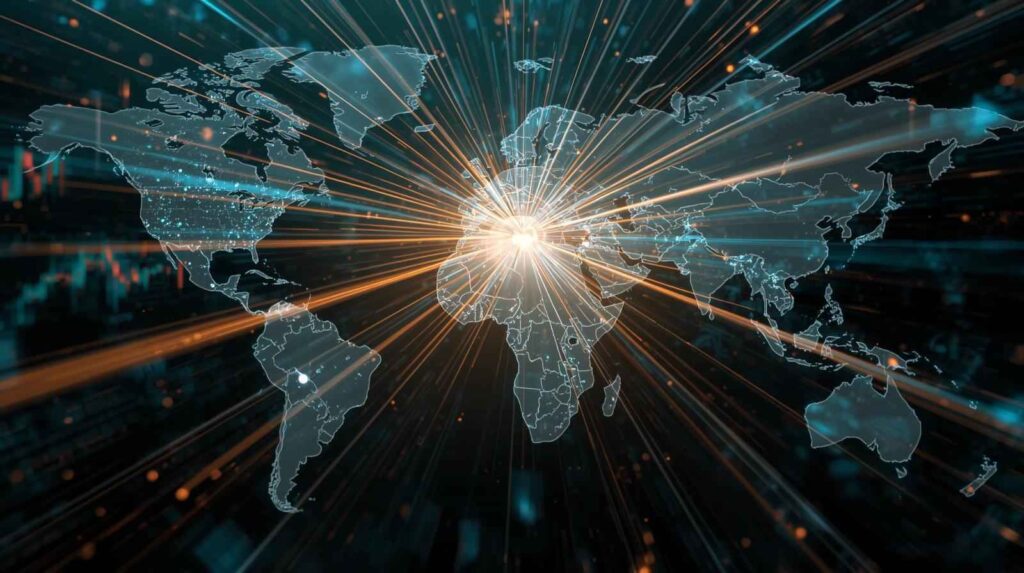
Challenges and Considerations
Asia’s rapid innovation doesn’t come without hurdles.
- Regulatory Differences: Different data laws make cross-border collaboration complex.
- Cybersecurity Threats: As connectivity grows, so do risks.
- Digital Divide: Rural and low-income populations risk being left behind.
- Geopolitical Risks: Tensions, sanctions, and trade restrictions could slow progress.
These challenges are real , but Asia’s consistent innovation shows it can adapt faster than most regions.

Future Trends and Emerging Directions
Quantum and Biotech
Quantum computing is emerging as the next battleground for tech supremacy, with Japan and China leading investments. Biotech innovation , from gene therapy to bio-AI , is another fast-growing sector.
Web3 and the Metaverse
Asia is pioneering decentralized Web3 platforms and metaverse ecosystems. South Korea’s Metaverse Seoul project aims to create an immersive digital city experience by 2027.
Data, Analytics, and AI Governance
Data-driven policymaking will shape the next decade. As AI grows, ethical frameworks and data privacy laws will become central to Asia’s leadership in tech.

Frequently Asked Questions
1. What is ftasiaeconomy technological news?
It’s a specialized segment focusing on Asia’s economic and technological transformation , highlighting innovations in AI, blockchain, sustainability, and smart infrastructure.
2. Why is Asia leading the global digital race?
Because of its population size, government-backed digital policies, startup ecosystem, and hunger for innovation.
3. Which sectors are most affected by Asia’s technological growth?
Finance, manufacturing, healthcare, education, and logistics are seeing the biggest transformations.
4. What are the risks associated with rapid digitalization?
Cybersecurity threats, privacy issues, and the widening digital divide remain top concerns.
5. Which countries dominate ftasiaeconomy technological progress?
China, India, Japan, South Korea, and Singapore lead the innovation race.
6. How can individuals stay informed?
Follow credible tech-economy sources, research publications, and local innovation updates from Asian markets.

Conclusion
The journey through ftasiaeconomy technological news reveals one simple truth , Asia is no longer the future of technology; it is the present. From advanced AI labs in Beijing to blockchain startups in Singapore and green initiatives in Tokyo, the continent is showing the world what a tech-driven economy truly looks like.
What sets Asia apart isn’t just innovation , it’s the speed, scale, and spirit of transformation. Governments, entrepreneurs, and citizens are working in sync to build digital-first economies that are inclusive, sustainable, and globally competitive.
As the world moves toward a new era of economic realignment, one thing is certain: if you want to see where the future is being written, keep your eyes on Asia. The stories in ftasiaeconomy technological news aren’t just updates , they’re glimpses into the blueprint of tomorrow.

